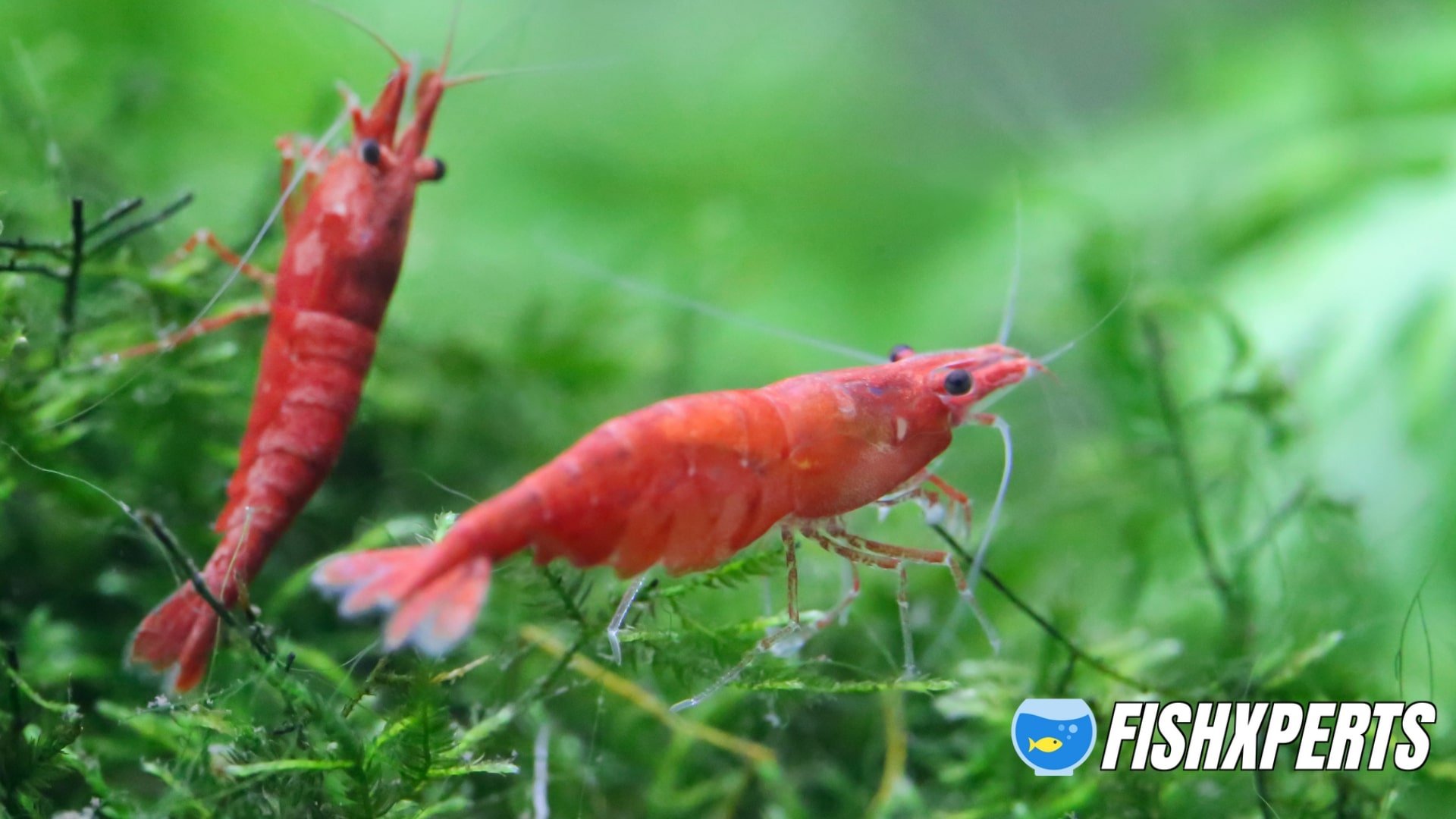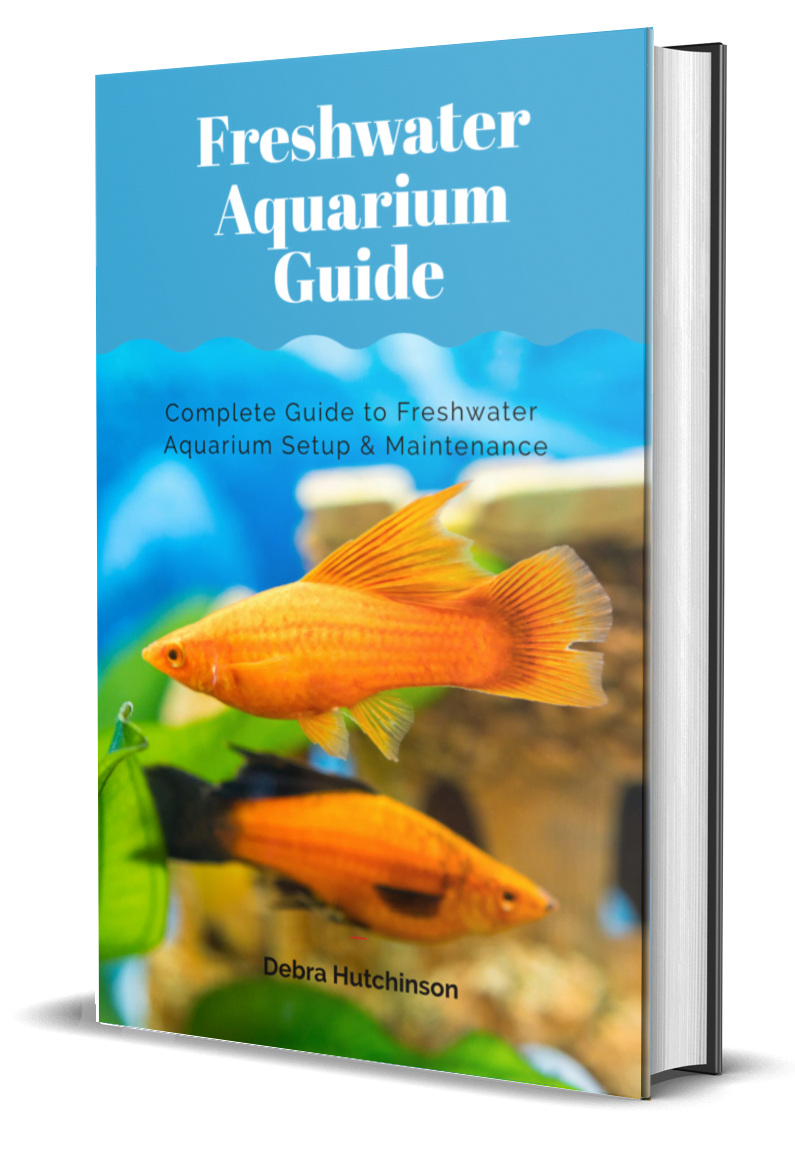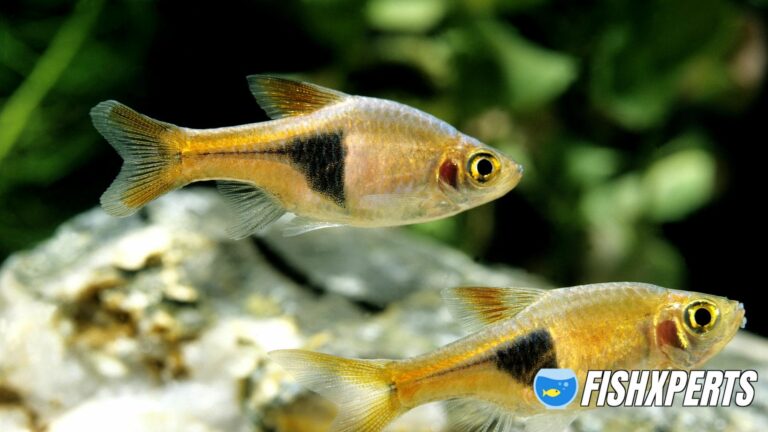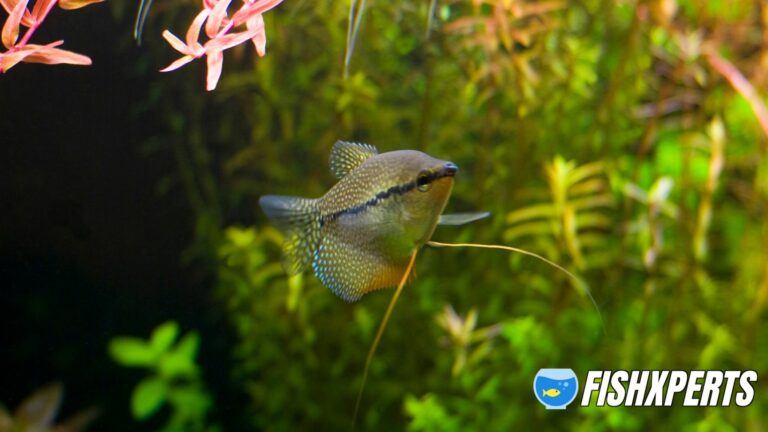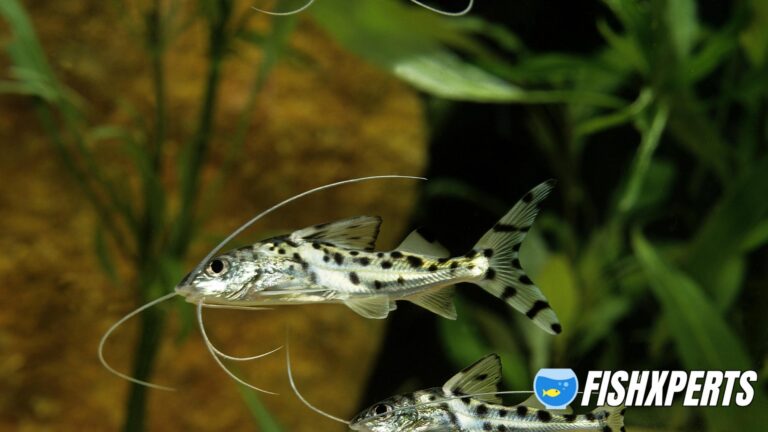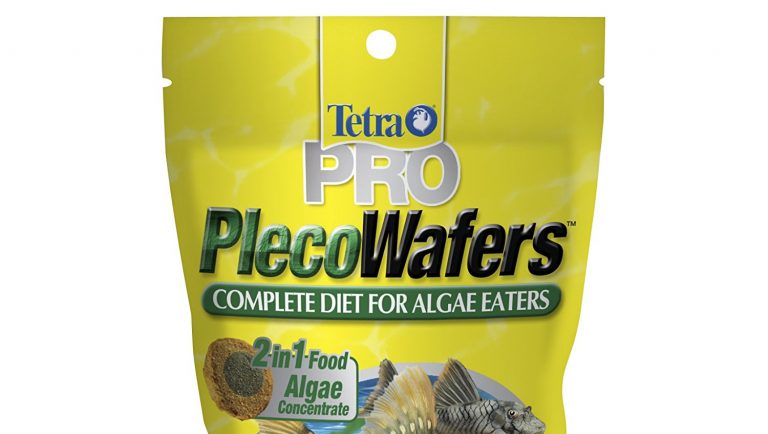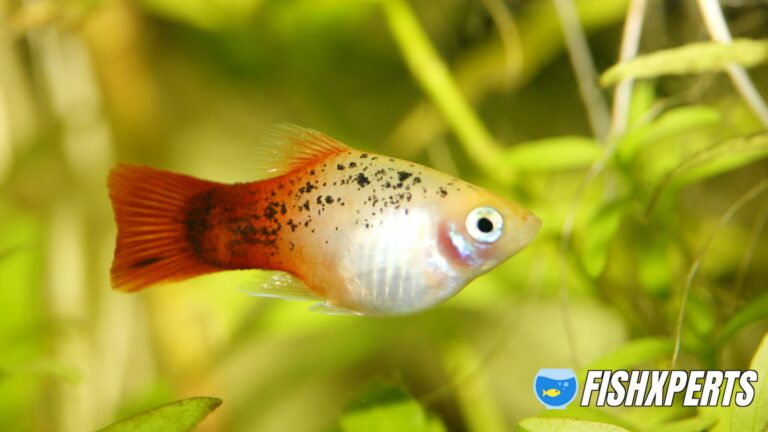Cherry Shrimp Care
Overview
Cherry shrimp (Neocaridina denticulata sinensis) are a popular species of freshwater shrimp native to Taiwan. They are named for their bright red coloration, and are a popular addition to many aquariums and nano tanks.
Cherry shrimp are relatively easy to care for, and can be kept in a wide range of water conditions. They are omnivorous, and will feed on algae, detritus, and small pieces of meaty food. A well-balanced diet will help keep them healthy and colorful.
Cherry shrimp are also known to be good at controlling algae growth in an aquarium. In the wild, they are often found in heavily-vegetated areas, which helps keep their populations in check.
While cherry shrimp can tolerate a wide range of water conditions, they prefer slightly acidic water with a pH of 6.5-7.5. They also prefer soft water, with a hardness of 5-10 dGH. A well-oxygenated aquarium is also important, as shrimp are highly sensitive to low oxygen levels.
Cherry shrimp are generally peaceful and make good tank mates for other peaceful fish species. They can also be kept with other shrimp species, as long as there is enough food to go around.
Breeding cherry shrimp is relatively easy, and they will often breed in the aquarium if conditions are favorable. The female shrimp will carry the eggs for about two weeks before they hatch. The fry are very small and will need to be fed finely-powdered food or algae until they are large enough to eat regular shrimp food.
Cherry shrimp are a popular addition to many aquariums due to their bright red coloration. They are relatively easy to care for, but there are a few things to keep in mind to ensure they thrive.
Provide plenty of hiding places and vegetation for the shrimp to graze on. Keep the water clean and well-oxygenated, and avoid sudden changes in temperature or pH. Feed them a variety of foods, including algae, detritus, and commercially-available shrimp pellets.
Appearance & Size
Cherry shrimp are one of the most popular shrimp in the aquarium trade due to their bright red coloration. They are a small species of shrimp, reaching a maximum size of only 2.5 cm (1 inch). Females are typically larger than males and have a more rounded body shape. Cherry shrimp are very active and are constantly on the move in the aquarium.
COLOR GRADING
Cherry shrimp are graded by color, with the most common colors being red, black, and green. The grades are based on the intensity of the color, with grade A being the darkest and most intense, and grade C being the lightest and least intense.
Grade A: The darkest and most intense coloration.
Grade B: Slightly lighter and less intense than grade A.
Grade C: The lightest and least intense coloration.
Base water parameters
Base water parameters are the essential chemical and physical properties of water that must be within a certain range in order for cherry shrimp to thrive. These parameters include pH, hardness, and temperature.
pH: The pH of water is a measure of its acidity or alkalinity. Cherry shrimp prefer water with a pH between 6.5 and 7.5.
Hardness: Hardness is a measure of the amount of dissolved minerals in water. Cherry shrimp prefer water that is soft to moderately hard.
Temperature: The temperature of water is a measure of its heat energy. Cherry shrimp prefer water that is between 68 and 75 degrees Fahrenheit.
Water Quality for Cherry Shrimp
Shrimps are very sensitive to water quality and the wrong water parameters can quickly lead to illness and death. For this reason, it is important to test the water quality regularly and make sure the levels are within the safe range for shrimp.
The most important water parameters for shrimp are pH, ammonia, nitrites, and nitrates. The ideal pH for shrimp is between 6.5 and 7.5. Ammonia and nitrites should be at 0 ppm, and nitrates should be below 20 ppm.
If the levels of any of these parameters are too high, it is important to take steps to correct the problem immediately. The best way to do this is to perform regular water changes and use a high-quality filtration system.
Bioload and filtration guidelines
Cherry shrimp are very sensitive to water quality and parameters. As such, it is important to maintain a high level of water quality in their aquarium. A good rule of thumb is to keep the shrimp’s bioload as low as possible.
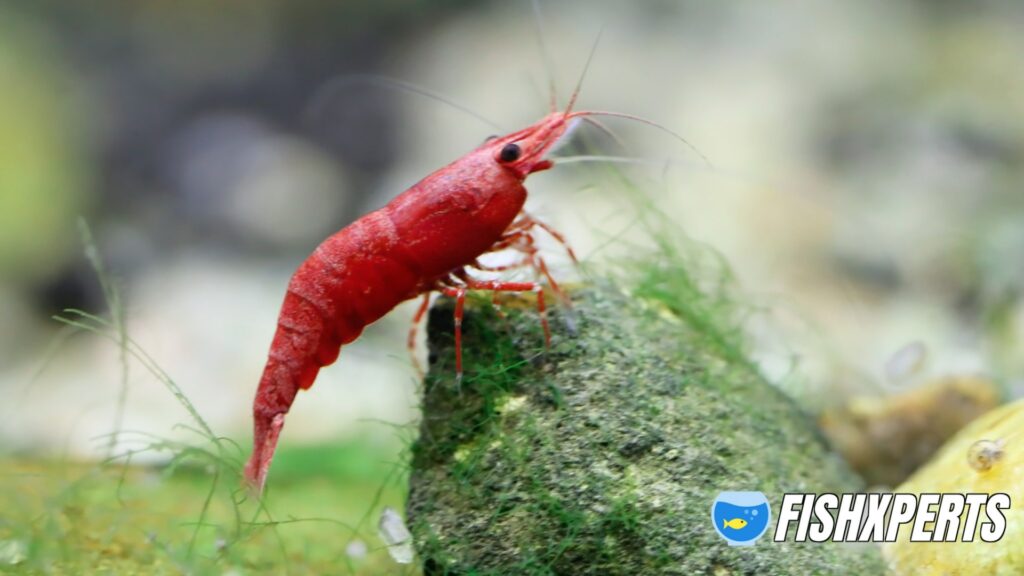
To do this, it is recommended to keep a ratio of 1 shrimp per 2-3 gallons (9-11 L) of aquarium water. It is also important to maintain a high level of filtration in the aquarium. A canister filter or a hang-on-back filter with a high turnover rate is ideal.
Regular water changes are also necessary to keep the water quality high. It is recommended to do a water change of at least 25% once a week. More frequent water changes may be necessary if the aquarium is heavily stocked or if the shrimp are breeding.
Adding them to a new tank
Cherry shrimp are very easy to care for and can be added to a new tank with little worry. They are a peaceful species that will do well with most other fish, provided that the tank is large enough. A 10 gallon tank is the minimum size that should be considered for a small group of cherry shrimp.
When adding cherry shrimp to a new tank, it is best to do so gradually. Start by adding a few shrimp at a time and increase the number over a period of a few weeks. This will allow the shrimp to acclimate to their new environment and will help to prevent any potential stress.
Cherry shrimp tank setup, size and habitat suggestions
Cherry shrimp are one of the most popular freshwater aquarium shrimp for both beginners and experienced aquarists alike.
When setting up a tank for cherry shrimp, it is important to keep a few things in mind. First, cherry shrimp require a minimum tank size of 5 gallons. They also prefer a planted aquarium with plenty of hiding places, as they are a relatively shy species.
When it comes to substrates, cherry shrimp do best in a soft, sandy substrate. This can be easily achieved by using a quality aquarium sand. As for plants, cherry shrimp prefer live plants over fake plants. Some good plant choices for a cherry shrimp tank include java moss, anubias, and hornwort.
When it comes to water parameters, cherry shrimp are relatively tolerant. However, they prefer slightly alkaline water with a pH of 7.0-8.0. They also prefer water temperatures in the range of 72-78 degrees Fahrenheit.
In terms of tank mates, cherry shrimp do best with peaceful fish species that will not prey on them. Some good choices include guppies, mollies, and platies. It is also important to avoid keeping cherry shrimp with larger fish species, as they may unintentionally become prey.
By following these simple guidelines, you can easily create a thriving environment for your cherry shrimp.
Food & diet
Cherry shrimp are omnivorous, meaning they will eat a variety of both plant and animal matter. In the wild, they graze on algae, bacteria, and other microscopic organisms. In the home aquarium, they will readily accept most commercially available shrimp pellets and flakes, as well as fresh vegetables.
A good diet for cherry shrimp should include:
- Commercially available shrimp pellets or flakes
- Fresh vegetables such as zucchini, broccoli, or spinach
- Live or frozen foods such as brine shrimp or bloodworms
When it comes to vegetables, it is best to blanch them before feeding to make them softer and easier for the shrimp to digest. To do this, simply place the vegetables in boiling water for a few seconds before removing and cooling them.
Behavior & temperament
Cherry shrimp are peaceful, active little creatures that are a joy to watch in the aquarium. They are known for their outgoing personalities and their playful nature. They are also very active cleaners, constantly grazing on algae and other detritus in the aquarium.
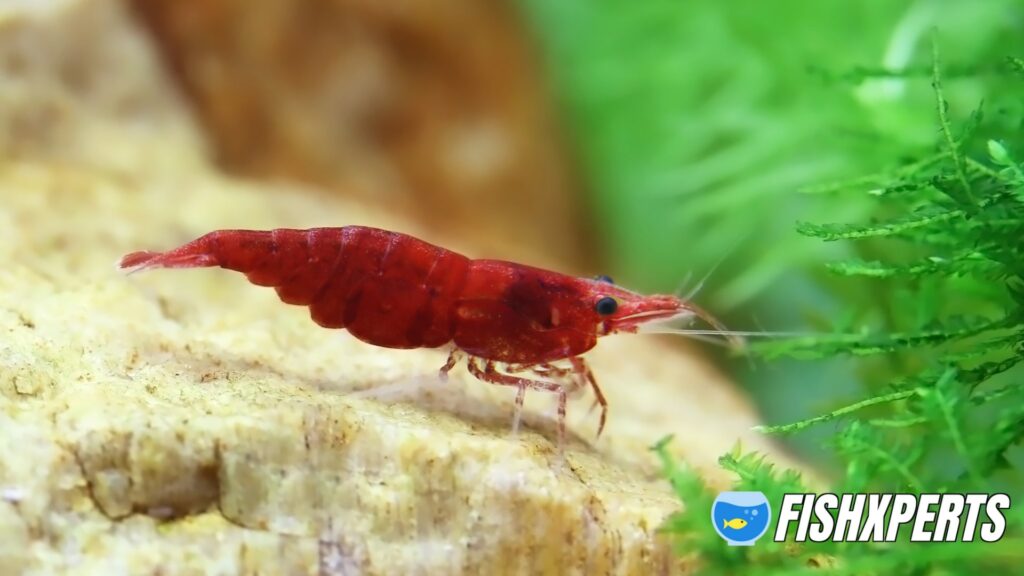
Cherry shrimp are not aggressive towards other fish or invertebrates, and can even be kept with much larger fish without any problems. In fact, they make an excellent addition to any community aquarium. They are also very easy to care for, and are a great choice for beginner aquarists.
The shedding process
Shrimps go through a molting process every few weeks in which they shed their old exoskeleton and grow a new one. This process is known as molting or ecdysis. During this time, the shrimp is very vulnerable to predators and diseases, so it is important to provide a safe and stress-free environment for your shrimp during this time.
The molting process usually takes place at night, and can take anywhere from a few hours to a few days. Once the shrimp has shed its old exoskeleton, it will spend the next few days reabsorbing calcium and hardening its new shell. After this process is complete, the shrimp will be back to its normal activities.
It is important to note that molting is a very strenuous process for shrimp, and they will need plenty of rest and food during this time. It is also important to avoid any sudden changes in water parameters, as this can also stress shrimp and lead to problems during the molting process.
Cherry shrimp tank mates
Cherry shrimp are a popular addition to freshwater aquariums because of their bright red coloration. They are peaceful and easy to care for, making them a good choice for beginner shrimp keepers.
When choosing tank mates for cherry shrimp, it is important to consider the size of the shrimp and the size of the fish. Cherry shrimp can range in size from 1/2 inch to 1 inch, so they can be easily outcompeted for food by larger fish.
Some good tank mates for cherry shrimp include:
- Tetras
- Guppies
- Platies
- Mollies
Avoid keeping cherry shrimp with larger fish such as cichlids or goldfish, as they may become prey. It is also important to avoid keeping cherry shrimp with fish that are known to nip at fins, such as barbs.
When choosing tank mates for cherry shrimp, it is important to consider the size of the shrimp and the size of the fish. Cherry shrimp can range in size from 1/2 inch to 1 inch, so they can be easily outcompeted for food by larger fish.
Cherry shrimp breeding process
Cherry shrimp are one of the easiest invertebrates to breed in captivity, and they will readily breed in most aquariums. The females carry their eggs in a brood pouch until they are ready to hatch, at which point the young shrimp are released into the water.
To promote breeding, it is best to keep a ratio of two females to one male. The males are smaller than the females and have smaller claws, which they use to grasp the females during mating.
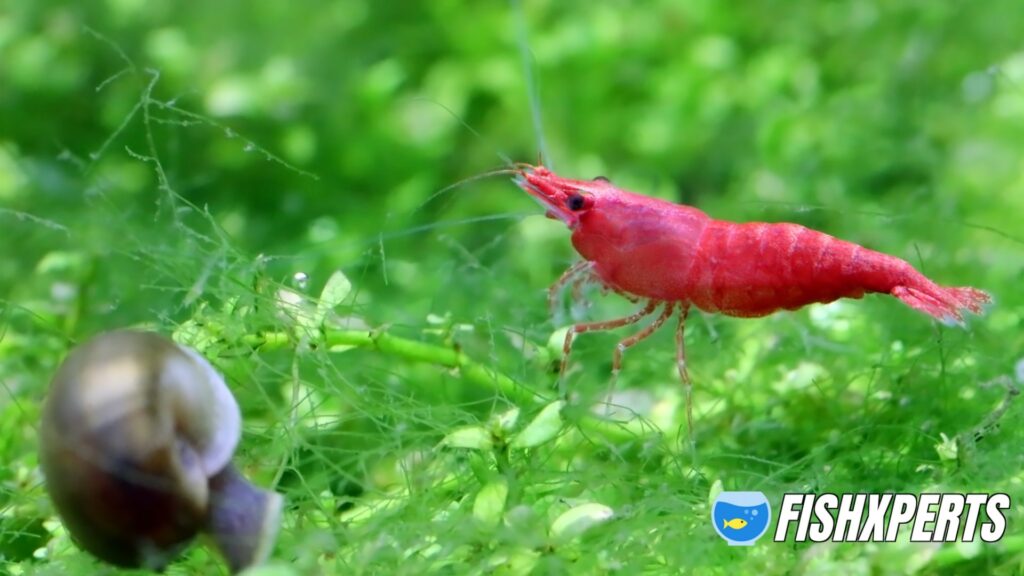
The females will lay their eggs in a suitable location, such as a piece of driftwood or a live plant. Once the eggs are laid, the male will fertilize them. The eggs will hatch in about two weeks, and the young shrimp will be fully grown in about two months.
Cherry shrimp are not known to cross-breed with other species of shrimp, so they can be safely kept with other invertebrates and fish.
Cherry Shrimp Care – FAQ
How many cherry shrimp per gallon?
A good rule of thumb is 1-2 cherry shrimp per gallon. However, this number can increase or decrease depending on the size of your shrimp and the other inhabitants of your aquarium.
Do cherry shrimp eat dead cherry shrimp?
Cherry shrimp are known to be scavengers and will often eat dead or decaying matter, including other shrimp. However, it is important to note that they should not be the only source of food for your shrimp as they will not get all the nutrients they need from eating dead shrimp. A varied diet is important for keeping your shrimp healthy and happy.
Can Cherry Shrimp Live with Other Shrimp?
Cherry shrimp are a peaceful species of shrimp and can therefore be kept with other shrimp species. It is important to note, however, that Cherry shrimp are not as tolerant of poor water conditions as some other shrimp species. Therefore, it is important to maintain good water quality in the aquarium when keeping Cherry shrimp.
Do Cherry Shrimp Need a Heater?
Cherry shrimp do not need a heater, but can benefit from one if the water temperature in their tank drops below 68 degrees Fahrenheit. A drop in water temperature can cause cherry shrimp to become less active and stop breeding.
When Do Cherry Shrimp Get Their Color?
Cherry shrimp get their color when they are adults. The coloration is a result of their diet and environment.
How to control cherry shrimp population?
There are a number of things you can do to help control the population of cherry shrimp in your aquarium. One is to make sure you are not overfeeding them. Shrimp are opportunistic feeders and will eat as much as they can if given the chance.
This can lead to population explosions. Another way to help control their population is to provide them with plenty of hiding places and places to graze. This will help keep their population in check as they will not be able to breed as easily. Finally, you can also remove some of the shrimp periodically to help keep their population under control.
How To Make Cherry Shrimp More Red?
There are a few things you can do to make your cherry shrimp more red. First, you can add more red food coloring to their diet. You can also add a red plant to their aquarium for them to graze on. Finally, you can raise the water temperature slightly, as warmer water will bring out their red coloration.
How do cherry shrimp communicate?
Cherry shrimp communicate using a process called quorum sensing. This process allows them to exchange information and coordinate their activities using chemical signals.
How long are cherry shrimp pregnant for?
Cherry shrimp are pregnant for approximately 30 days. During this time, they will carry anywhere from 10-50 eggs, depending on the size of the shrimp. Once the eggs are ready to hatch, the female will release them into the water and they will drift away to find their own place to live.
Are cherry shrimp freshwater or saltwater?
Cherry shrimp are freshwater shrimp. They are not saltwater shrimp.
Can cherry shrimp live with guppies?
Yes, cherry shrimp can live with guppies. They are both peaceful community fish that do well in similar water conditions.
Can Cherry Shrimp Live in Cold Water?
Yes, Cherry Shrimp can live in cold water, but they will be less active and their metabolism will slow down. For this reason, it is recommended to keep them in water that is at least 68 degrees Fahrenheit.
Can Cherry Shrimp Live with Ghost Shrimp?
Yes, cherry shrimp can live with ghost shrimp. They are both peaceful and relatively small shrimp that do well in aquariums. The main difference between the two shrimp is that cherry shrimp are more colorful, while ghost shrimp are more transparent.
Can cherry shrimp live alone?
No, cherry shrimp cannot live alone. They are social creatures and need the company of other shrimp to be happy and thrive.
Can Cherry Shrimp Live With Goldfish?
Cherry shrimp can live with goldfish, but there are a few things to keep in mind. First, goldfish are notorious for being messy eaters and can produce a lot of waste. This can pollute the water and make it difficult for the shrimp to survive. Second, goldfish are also known to be aggressive eaters and can easily outcompete the shrimp for food.
Third, goldfish are cold-water fish and prefer water temperatures in the 60-70 degree Fahrenheit range. Cherry shrimp, on the other hand, are tropical animals and prefer water temperatures in the 75-85 degree Fahrenheit range. So, while it is possible for cherry shrimp to live with goldfish, it is not ideal and I would not recommend it.
Can Cherry Shrimp Live with Mollies?
Yes, cherry shrimp can live with mollies. They are both peaceful, social animals that do well in groups. Cherry shrimp are also good at cleaning up algae and detritus, so they can help keep the aquarium clean.
Can cherry shrimp live with amano shrimp?
Yes, cherry shrimp can live with amano shrimp. The two species are peaceful and can coexist peacefully in the same aquarium.
Can cherry shrimp and ghost shrimp breed?
Cherry shrimp and ghost shrimp can indeed breed, and the offspring are a mix of the two shrimp species. The offspring are usually a little bit smaller than either parent shrimp.
Can cherry shrimp live with neon tetras?
Yes, cherry shrimp can live with neon tetras. They are both peaceful community fish that do well in similar water conditions.
Final Thoughts
If you’re looking for a low-maintenance, colorful addition to your aquarium, cherry shrimp are a great option. They’re relatively easy to care for and breed, and make a great addition to any community tank.
When setting up a tank for cherry shrimp, be sure to provide plenty of hiding places and a soft, sandy substrate. They prefer a slightly acidic to neutral water pH and prefer a temperature between 72-78 degrees Fahrenheit.
Cherry shrimp are omnivorous and will accept most commercial shrimp foods. They should also be given a regular diet of blanched vegetables, such as zucchini, cucumber, and spinach.
As long as they are provided with proper care and a suitable habitat, cherry shrimp make great tank mates for a variety of other peaceful fish. Avoid keeping them with larger, more aggressive fish that may see them as a food source.
With a little patience and care, you can successfully breed cherry shrimp. The female shrimp will carry her eggs for about two weeks before they hatch. Once the fry are free-swimming, they can be fed a diet of commercial baby shrimp food or finely-ground flake food.
Topics Covered

